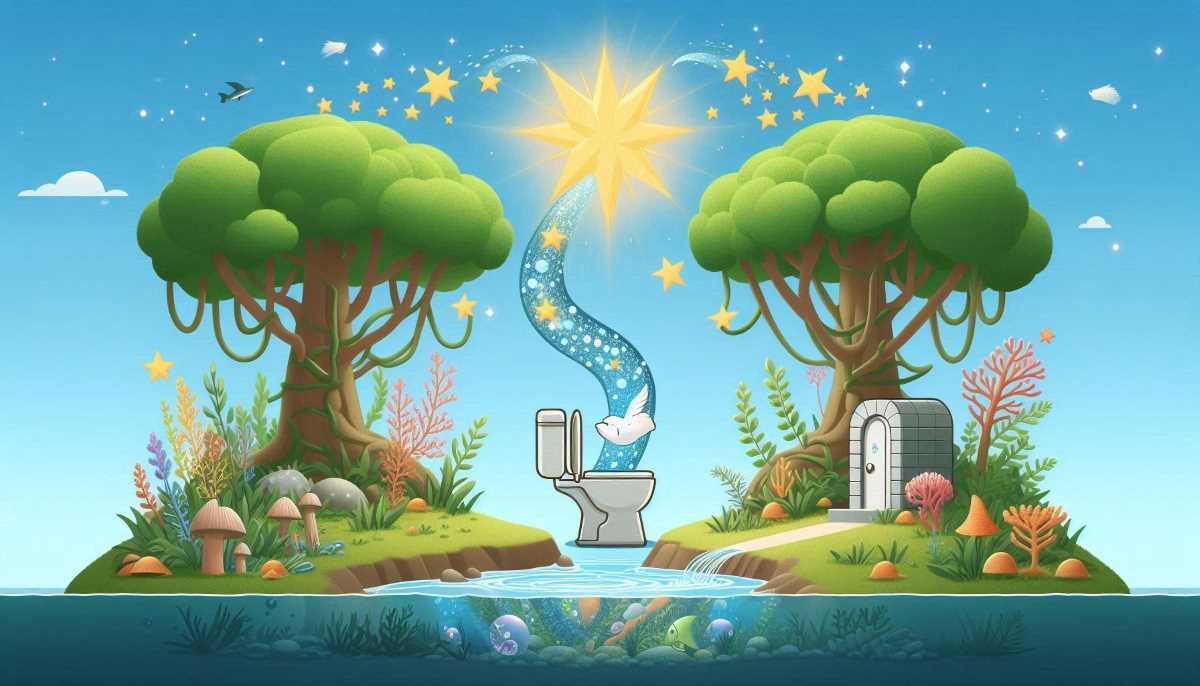The SHATTO Project Turns Urine into Clean Water
UNAM's Faculty of Chemistry develops SHATTO, an innovative wetland system to treat urine from restrooms. Using a combination of plants, microorganisms, and technology, the project transforms waste into clean water.

To recycle wastewater from the urinals and sinks of the men's restrooms, adjacent to Auditoriums A and B of the Faculty of Chemistry (FQ) of the UNAM, this entity started the Technical Artificial Wetland System for Urine Treatment (SHATTO).
This installation responds to a joint initiative of the FQ, through the Interdisciplinary Environmental Academic Group (GAIA), with the support of the University Coordination for Sustainability (CoUS), within the framework of the Comprehensive Plan for the Sustainability of the University.




